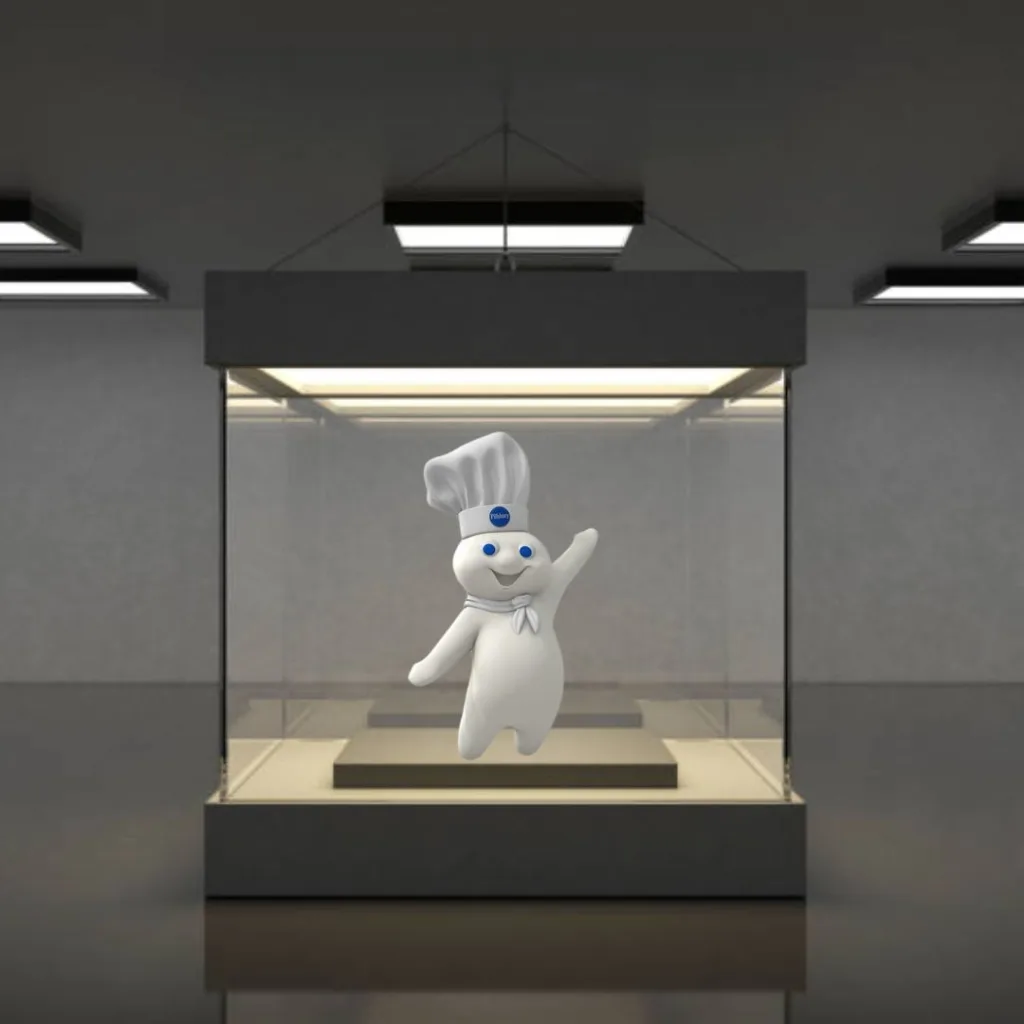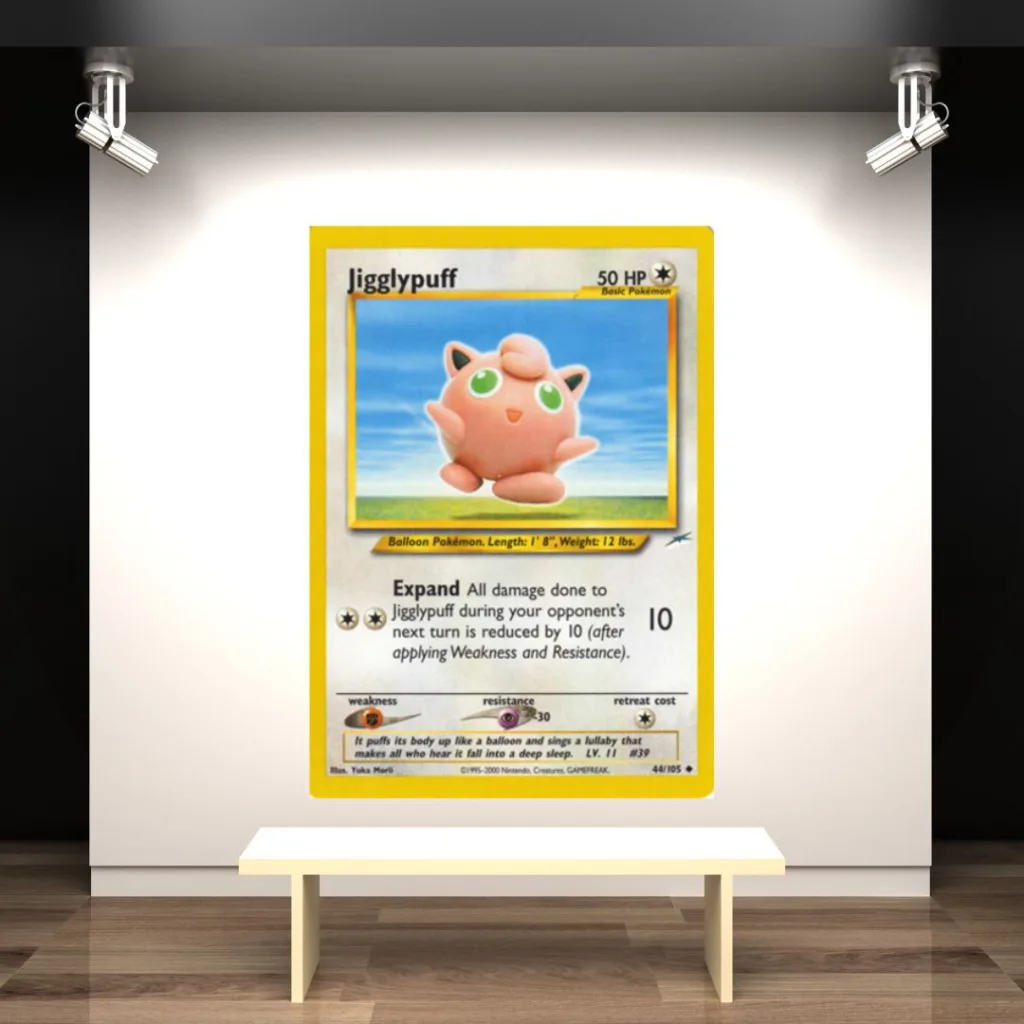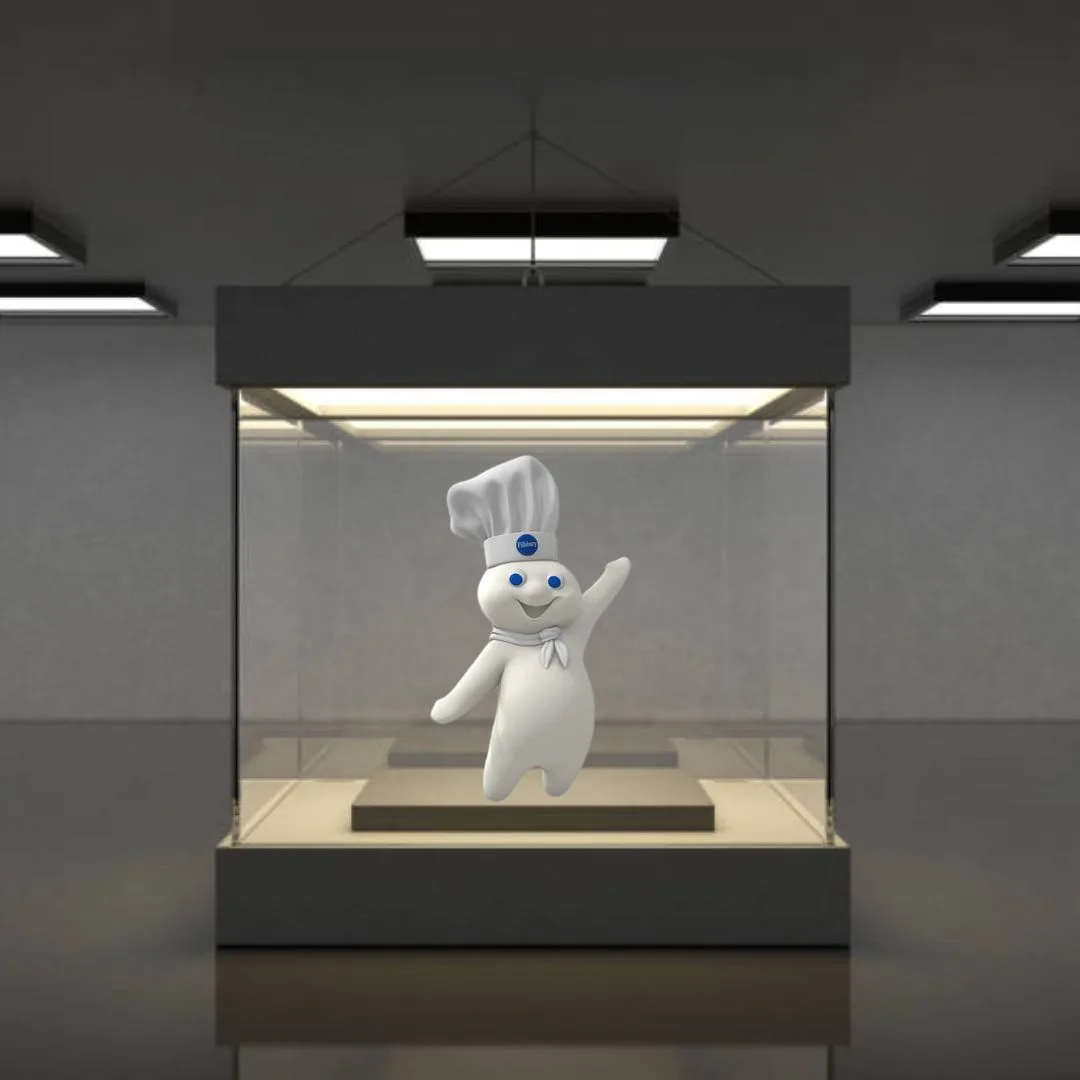The 1990s enabled a food industry that not only played with our palates, but also with our minds and memories.

It was the fag end of the 90s, and I was five or six years old. The last page of the Kannada magazine Mangala that my parents read had a fun section that held stories for children, comic strips, games, and facts or science-y stuff. One such speculative science paragraph said the future of television devices was heading towards a tv-like device worn on the wrist.
This blew my young, impressionable mind. I also threw a tantrum and demanded my parents buy that watch for me. How they got me to stop is another story. But to have access to this information is what made the 90s exciting. In the advent of economic liberalisation, when India opened up to foreign trade and manufacturing cars, clothes, electronic gadgets, and gizmos, all kinds of seemingly fantastical things were snaking their way into the nation.
During this time, films and shows from the US and the UK also made their way to us. The Wonder Years, I Dream of Jeannie, Friends, Different Strokes, Silver Spoons, Mind your Language, Small Wonder, and much alike, entered our TV screens and offered a glimpse of a life fuelled within the comforts of Western capitalism. There were homes where children weren’t allowed to watch shows, in others teenagers pirated CDs filled with them, and sneaked them into their lives. Earlier, the bourgeois and the urban elite were the sole hoarders of cultural capital, but this democratized economic liberalisation. More people had a glimpse of, and access to, a lifestyle that could compete with the glamour and glitz of the wealthy.
The idea that the world was at the tip of our fingers made this decade unique. Brands were teaching consumers to desire more, and by doing this, they produced a type of consumer who was going to be like no other before. Dreams yet to be dreamt were being fulfilled. Even as the economy in India was opening its doors to the world, to consumers and onlookers it was as if the world had come home.

With the gates open to foreign investment and manufacturing, there was also a massive change in food production – with the 90s came brands like McDonald’s and Domino’s Pizza; and goods like biscuits, candies, toffees, and various kinds of chips. Large companies that manufactured FMCGs (Fast Moving Consumer Goods), like ITC and Nestle established a market in India. They used their ad campaigns, catchy jingles, and clear, distinct brand images to gather attention. They created mascots like 7up’s Fido Dido, and Pillsbury’s Doughboy, to etch their goods into the public imagination and boost their sales.
Economic liberalisation led to a reduction in tariff barriers, which made the import of polymer substances for plastic production cheaper and led to a boom in plastic production. Because of which small but funky objects like erasers, bizarre pencils, stationery, and toys in varying shapes and sizes became commonplace; industrialized plastic goods became routine things.
With the increase in cheap material and factories – brands began to create “memorabilia” or the tiny plastic toys that would come as complements to their products. Pokémon cards, cricket booklets, plastic rings, tiny toy cars, little house sets, doctor sets, games, dice and boards to play Snakes and Ladders, Ludo, poorly made chess sets, and other little objects, were all free items – collectibles for children and teenagers who just couldn’t get enough of them. These free items also included steel spoons, tumblers, plastic bowls, plates, and mugs – which had both sentiment and usefulness. So with these free items or gifts, the brands managed to manufacture markets to sell new products, and also gave rise to a by-product – the 90s kids’ memorabilia.
This boom is what led to action figures, bobbleheads, figurines, printed t-shirts, and posters of shows from across the world to be sitting in your room, home, or office. Which is why, until this day, I find some of these things – cards, Tazo rings – under my feet when I deep clean. These objects still securely rest in the boxes and drawers of many 90s kids. This is also why grown men like me, some of whom are my friends, keep a small box full of Pokémon, Tazos, and cards at home even today.
These Tazos and game cards were tradable, so they also built a community. A community of kids who were brought together to admire the flames of Charizard; or the cuteness of Jiggly puff or Chikorita. It helped create activities – like bartering, and discussions – which were otherwise reserved for grown-ups. I’ve spent so much time talking “business” with so many people because I wanted to trade my Pokémon cards with them (and I also sometimes unwillingly ate those cheese puffs that came with them).


It’s been over a decade, but I’m sure there are still some layers of corn starch stuck to the insides of these Tazos. Looking back, I think, after a point, I used to buy the chips just for the cards. I didn’t even like the way they tasted. But the taste of the Cheetos, like the many memories I’ve built because of the Tazos, is stuck inside them.
This nostalgia that was manufactured in the 90s was all plastic. Their value when these collectibles first landed in the hands of a child was because of their unique, colourful appearance; no other generation before us had had the opportunity to hold onto objects that were present through their childhood and that then trickled into adult life. These objects survived through an individual’s lifetime and act as reminders of the carefree and innocent times of their childhood. They carried in them smiles, tears, and memories, and their capacity to bring back these memories is why they still seem to be around.
The attempt to capitalize on the nostalgia that the 90s has left is visible across the last decade. The sentiment created in the 1990s and 2000s is a sweet spot, and to hit this a range of shows, films, songs, music videos, games, and food have been revived. Paper Boat’s successful chili guava drink, advertised as a childhood memory, is a great example of hitting the sweet spot (here spicy spot), and Maggi often does the same in its ads. A similar tactic is employed by Google Doodle, as well as by Facebook and Instagram – when they act as keepers of memory and try to remind you of all the stupid things you’ve said on the internet.
It is certain that the 90s created an opportunity to define their customers, and play into their minds. And since then, nostalgia has been a commodity that has been peddled to make brands rich. The value of all these products lies in their capacity to offer something meaningful to their users, in this case, nostalgia. For instance, McDonald’s Happy Meal comes with a toy. A couple of times in the last few years, the Pokemon series was part of the meal again, and I tried to collect as many toys as I could.
McDonald’s has now moved on to newer, more contemporary themes today. There are newer toys from popular films and shows. Nostalgia is officially a commodity – I’ve noticed this among the men I play Pokemon Go with. Most of them didn’t watch the show, but they remember its presence from childhood. Now many of them spend between 150 rupees to fifteen thousand rupees (or more) annually to play the game.

